Vestibular Disorders
How does my ear affect my balance?
The Organ for Balance, or the vestibular system, lies within the inner ear
It consists of three fluid-filled loops call the semicircular canals
The fluid within the canals changes in response to head motion
Our vestibular system, eyes and proprioceptive system help us move our bodies within
space and maintain our balance
Vestibular conditions can be caused by:
Changes in medication
Poor circulation of the ear
Movement of “ear crystals” within the semicircular canals
Infections
Debris in the semicircular canals
Traumatic brain injury
Symptoms of a vestibular disorder:
1. Falling, swaying or tilting
2. Vertigo
3. Floating feeling
4. Feeling off-balance
5. Leaning to one side
How do I test for a vestibular disorder?
An audiologist may perform a videonystagmography (VNG) to test for certain vestibular
conditions. This gives the audiologist information about how the vestibular portion of the inner
ear is functioning. The patient wears goggles to monitor eye movements. The patient will
perform several tasks, including following a moving target on a screen, moving their head and
body in various positions, and having warm and cool air put into the ear canal. During these
tasks, the audiologist monitors eye movements and attempts to simulate dizziness to determine
the potential source of symptoms.
What happens next?
Depending on the results of the testing, an audiologist may refer for vestibular therapy.
Sometimes, the audiologist may refer to a specialist, such as an Ear, Nose and Throat physician
or a neurologist to determine if additional testing is warranted. In certain cases, home exercises
may be recommended to alleviate dizziness symptoms.
